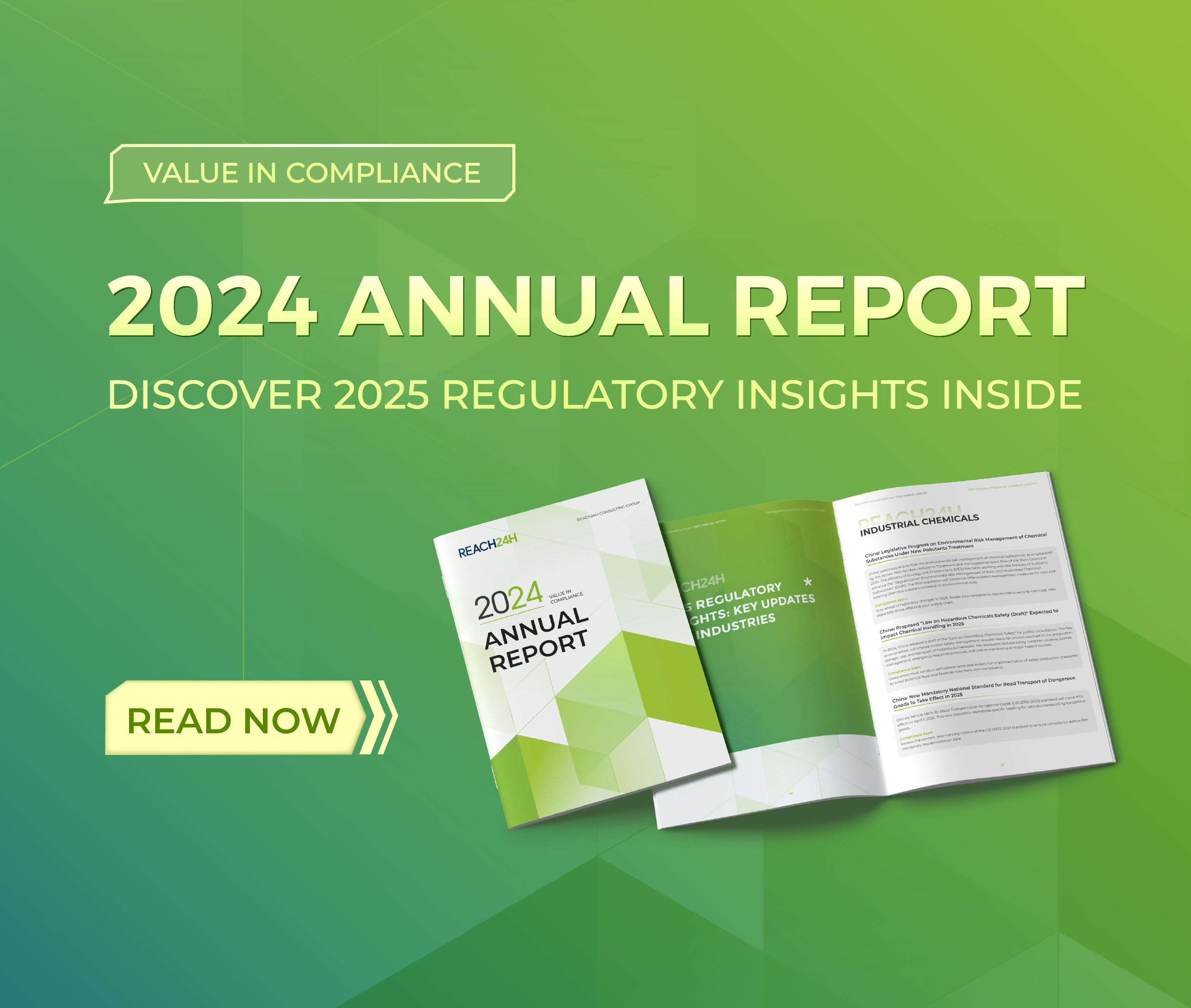Key Points Related to Formulation Types in China Pesticides Registration
Most technical materials cannot be used directly without processing. The content of active ingredients in the technical material is usually very high. After processing into formulations, not only can the concentration of active ingredients be diluted, allowing for the even distribution of pesticides in the field, but it can also enhance the adhesion of pesticides to crops or target pests, thus maximizing their efficacy.
The pesticide formulation type is based on the characteristics and intended use of the technical material. Different forms of pesticides have varying application methods, effective periods, action speeds, and safety profiles. When registering the pesticide, the registered name generally consists of three components: the concentration of the active ingredient, the name of the active ingredient, and the formulation type. For example, “40% Chlorothalonil Suspension” or “50% Carbendazim Wettable Powder.”
Key Points to Consider Regarding Formulation Types During Pesticide Registration
- When registering pesticide products, the specific quality specification and physicochemical testing vary for different formulation forms. It is necessary to determine the required test items based on the specific form.
- On pesticide labels, the formulation type should be indicated in its full name and not a formulation code. The formulation type name should be positioned below the name of the pesticide product, with a minimum font height that is at least half the height of the product name.
- The composition of the product should match the formulation type. For example, technical materials with good water solubility should not be registered as water-dispersible granules or suspension formulations, etc. Formulations that are in liquid form at room temperature should not be processed into suspension formulations. Microbial pesticides should not be processed into soluble liquid, soluble granules, or soluble powder formulations, etc.
- The application methods of a product should match its formulation type. For example, the application methods of granules are generally broadcasting or furrow dressing, , and they should not be applied by spraying after being dissolved.
- The development of new types of pesticide formulations is currently a focus for some manufacturers, aiming to enhance the effectiveness and reduce the costs of pesticides. If certain products do not fall within the existing range of pesticide formulation types, it is possible to provide information such as product composition and manufacturing techniques to perform the formulation identification.
By adhering to these key points, pesticide manufacturers can ensure that their products meet the requirements for formulation types during the registration process in China. This facilitates the development of effective and safe pesticide formulations while promoting compliance with regulatory standards.
Contact REACH24H
Need assistance with pesticide formulation application in China? Contact REACH24H, a trusted compliance consulting company with extensive expertise in the Chinese pesticide market. Our team can provide valuable guidance and support to ensure your packaging materials meet the necessary standards and requirements.
- Tel: +86 400 809 5809
- Email: customer@reach24h.com


